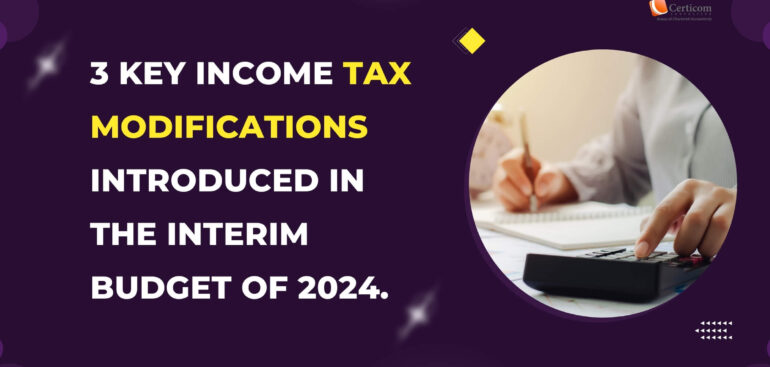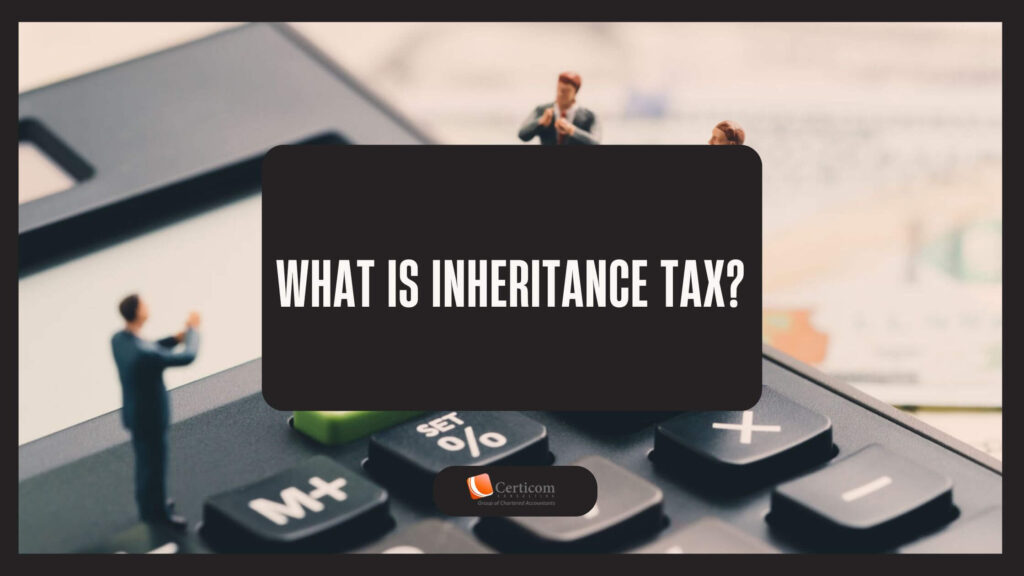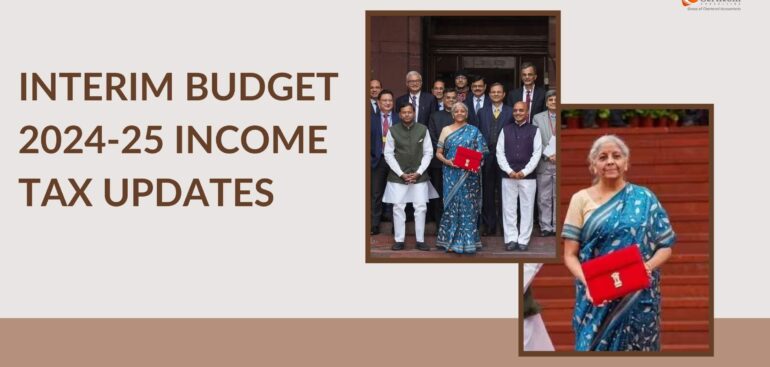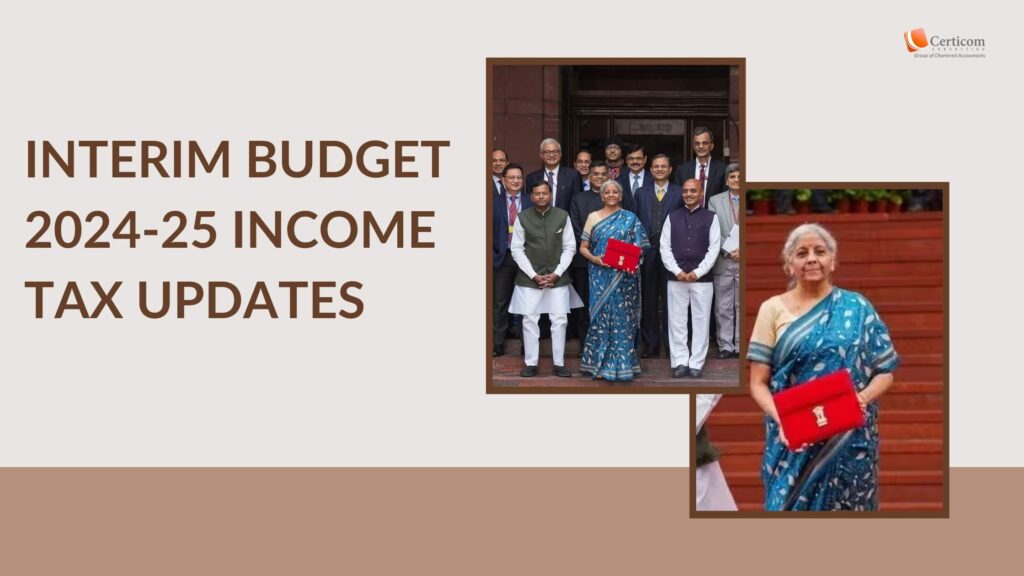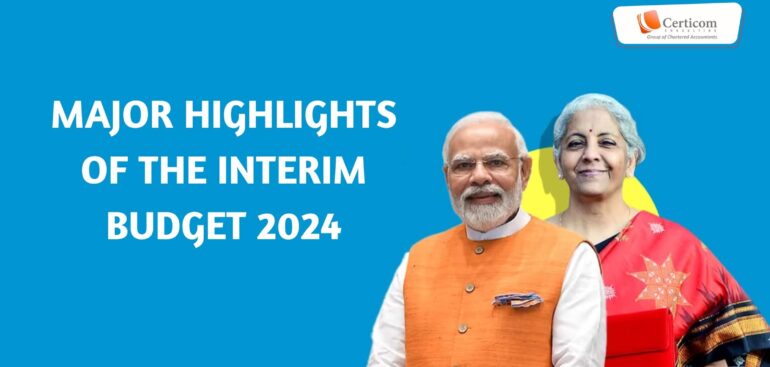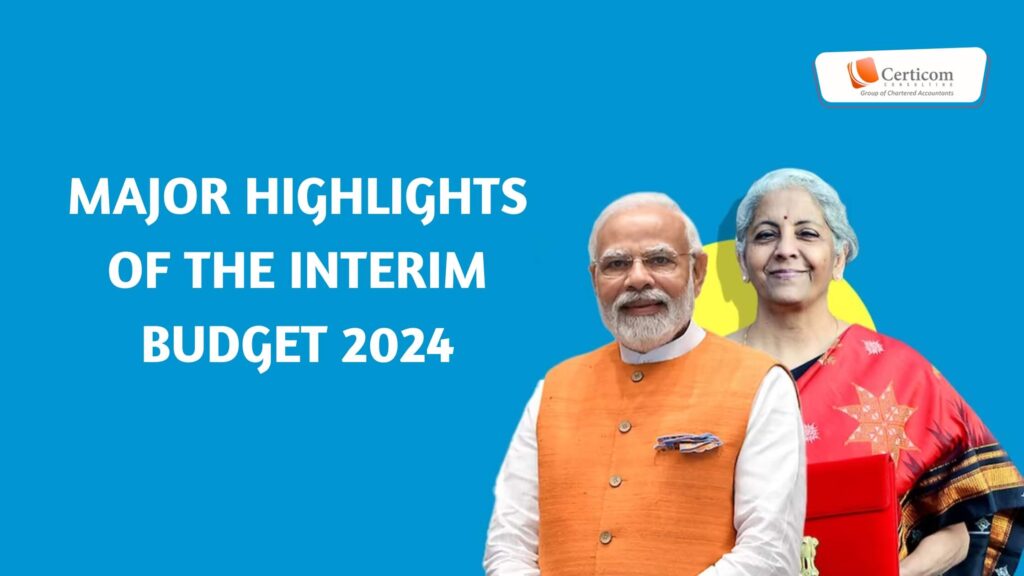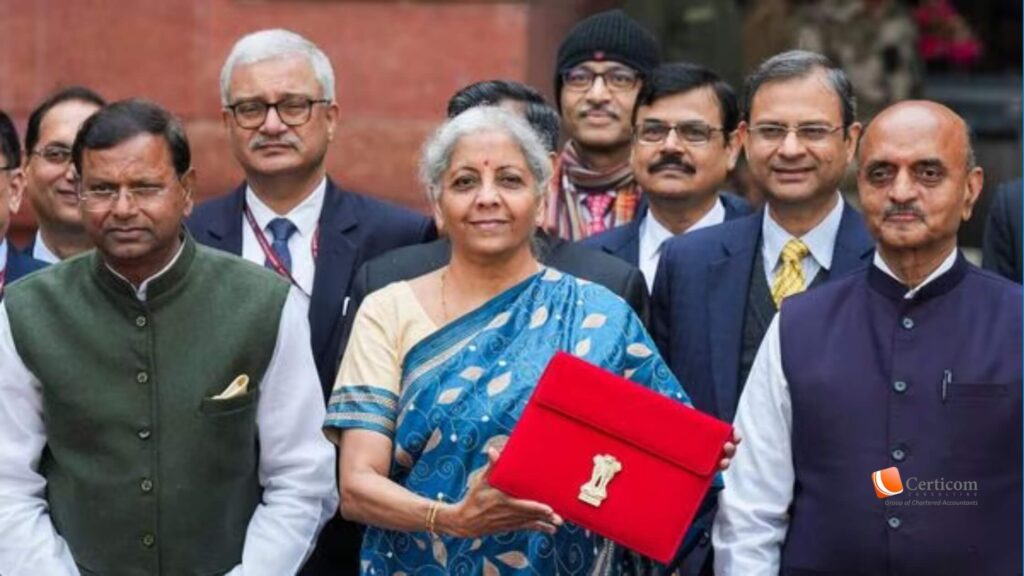3 Key Income Tax Modifications Introduced in the Interim Budget of 2024
Additionally, it was stated in the budget speech that there are no planned rate adjustments for direct taxes.
The interim budget has implemented the following adjustments on income tax.
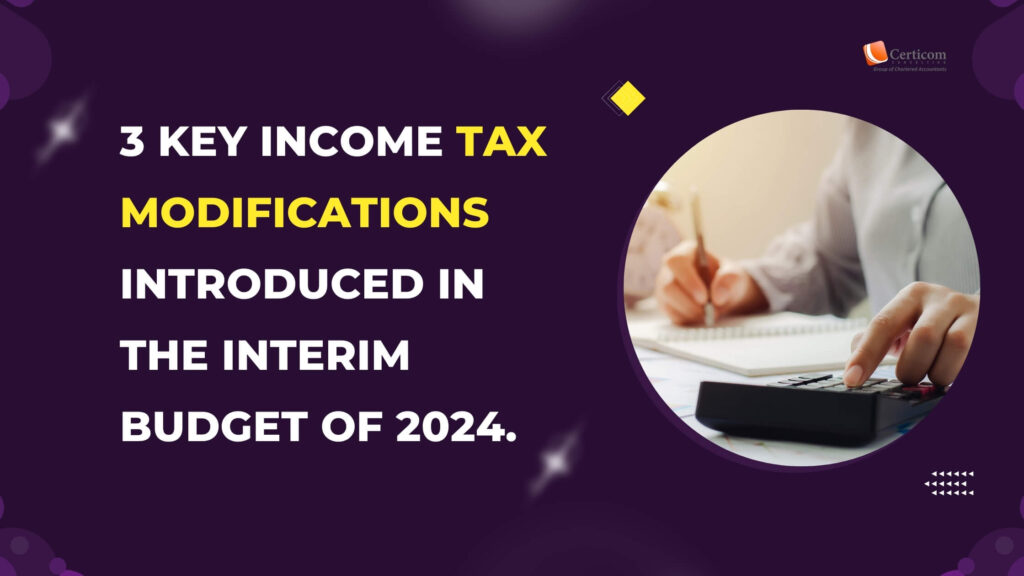
Partial Withdrawal of Outstanding Direct Tax Demands: Limits for FY 2009-10 and FY 2010-11 to 2014-15
Due to the online ITR processing, CPC Banglore has been posting previous demands on taxpayers’ Income Tax Portals. It was discovered that these demands were incorrect on several occasions. The government failed to speed the process to withdraw the demand, which led to the taxpayers site displaying tax and interest on these demands. If the taxpayer was entitled to a refund, these requests prevented the refund from being processed, and in certain situations, the refund was changed to reflect these demands. The government’s decision to remove these requests is a positive one. According to the budget address, around one crore tax payers should profit from this.
Extension of Tax Incentives originally expiring on 31-3-2024 to 31-3-2025
a) Section 80IAC allowed eligible start-ups incorporated between April 1, 2016, and March 31, 2024, to claim a 100% deduction on profits and gains from their business for three consecutive assessment years.
b) Section 10(4D) pertained to specified income, derived from the transfer of capital assets, by specified Alternative Investment Funds (AIFs) located in any International Financial Services Centre (IFSC) or the investment division of offshore banking units. This provision applied if the fund commenced operations on or before March 31, 2024.

c) Section 10(4F) provided an exemption for non-resident income, such as royalty or interest from leasing aircraft or ships, paid by a unit of an IFSC. This exemption applied if the IFSC commenced its operations on or before March 31, 2024.
d) Section 10(23FE) granted an exemption for the income of a specified person in the form of dividends, interest, or specified sums received by a unit holder from a business trust. This exemption applied to long-term capital gains arising from investments made in India, whether in the form of debt, share capital, or units. The investment must be made on or after April 1, 2020, but on or before March 31, 2024, subject to certain conditions.
e) Section 80LA provided a deduction under section 80LA(1A) for any income generated by an International Financial Services Centre (IFSC) unit through the leasing activities of aircraft or ships. This deduction was applicable if the IFSC commenced its operations on or before March 31, 2024.
f) Sections 92CA, 144C, 253, and 255 empowered the government to issue directions until March 31, 2024.
Note: It’s crucial to highlight that there is no extension of the time limit specified in Section 115BAB and Section 115BAE. Section 115BAB offers a concessional tax rate (15%) for income earned by new manufacturing domestic companies, and Section 115BAE provides a similar concessional tax rate (15%) for new manufacturing co-operative societies. Both provisions apply if manufacturing commences by March 31, 2024.
Amendments to Section 206C
The Finance Act of 2023 implemented a retrospective increase in the Tax Collected at Source (TCS) rate for the Liberalised Remittance Scheme (LRS) and overseas tour packages. The rate was elevated from 5% to 20%, with effect from July 1, 2023, and officially enforced from October 1, 2023.
Related Post
What Is Inheritance Tax
Deadline for PAN-Aadhaar Linking – May 31, 2024
Understanding Form 10F: Purpose, Scope, and Mandatory Conditions
Book A One To One Consultation Now For FREE
How can we help? *


